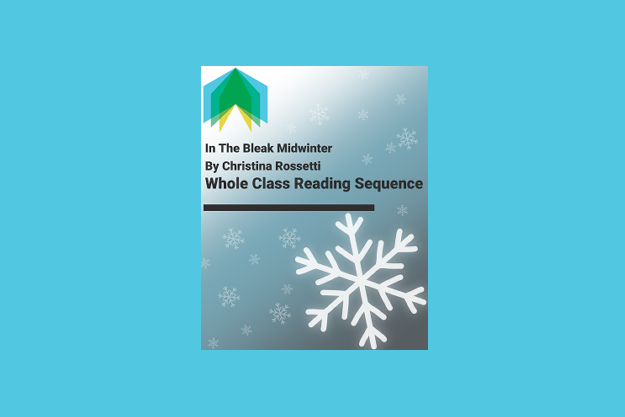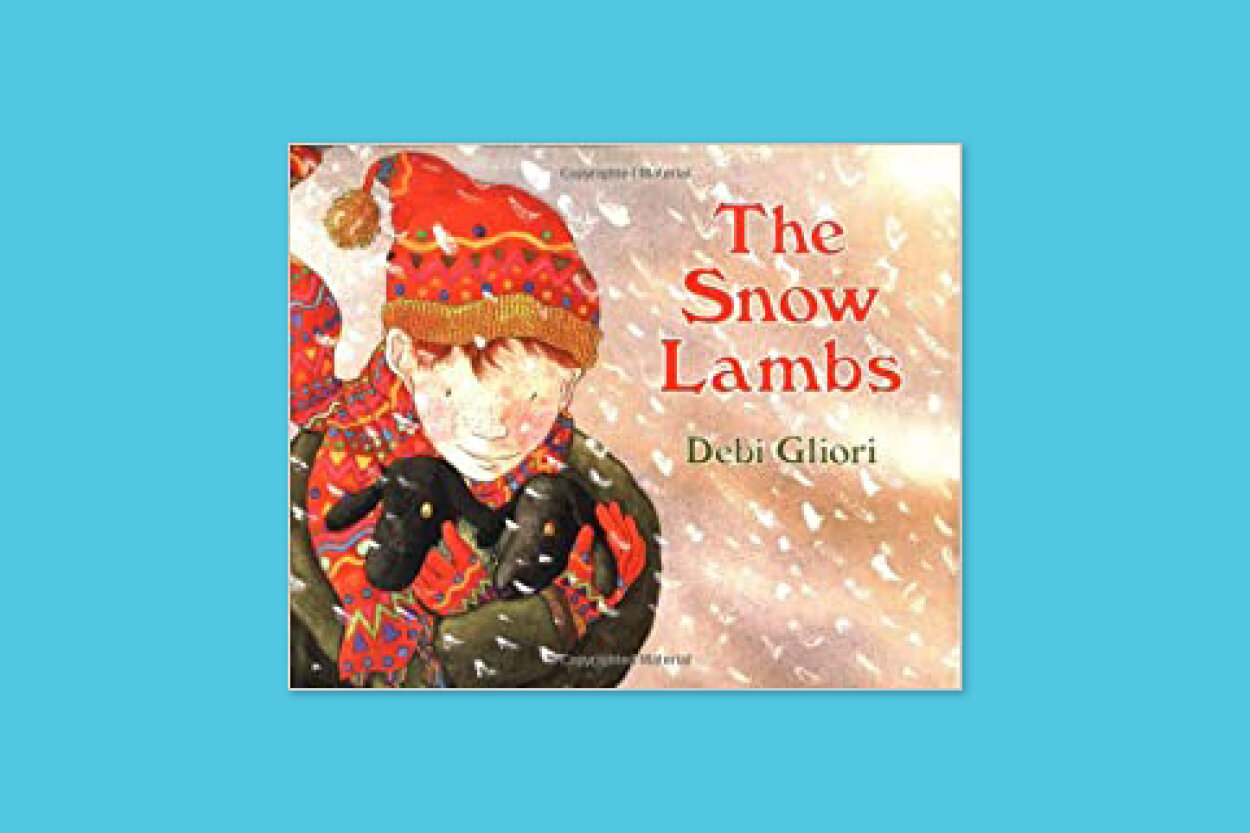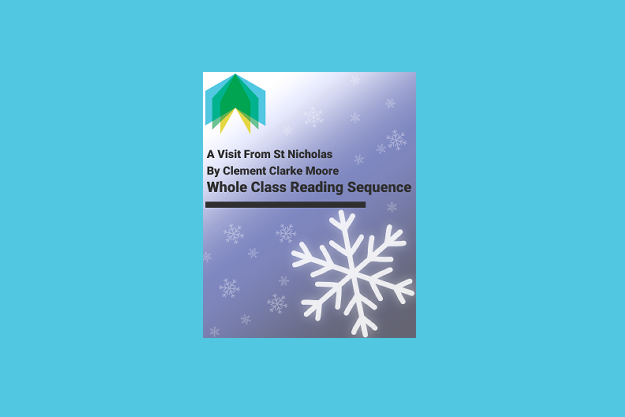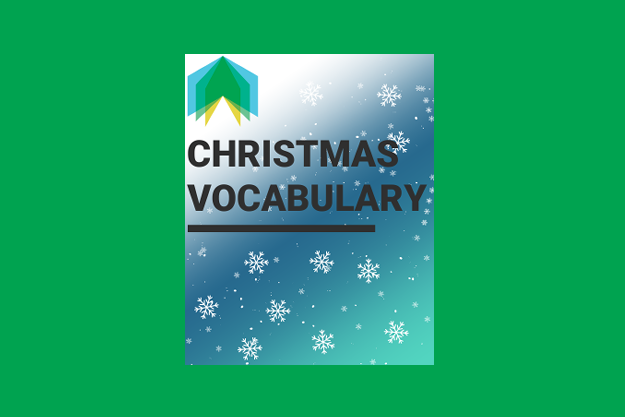We Wish You a Merry Haiku
This post combines learning about poetry with a Christmas craft activity and can even be extended to include a quick and attractive classroom display.
There are many ways of 'doing' Christmas in a primary school. Some stay on timetable until 3.30 on the last day of term; some hold Nativity plays and carol services, and some seize the Festive Season as an opportunity to go 'off-timetable' , hold parties and sprinkle glitter for the entire month of December.
I've worked in each type of school, learning early in my career that Christmas is exhausting - whatever type of school you are in. After 'doing' a full month of Christmas in my NQT year I vowed to myself that, whatever the school's approach to Christmas might be, I was going to find a way of combining the festive theme with structured and meaningful learning. By doing this I maintained a focus on the curriculum, acknowledged the significance of the Christmas celebrations and made sure that increasingly excited children were kept calm and purposeful.
I first used the following lesson idea with a Year 4 class. It is easily adaptable and could make an equally good parent or carer led project if you wanted to adapt it for use at home.
Provide the children with a selection of haiku, asking them to analyse the poems to see if they can find similarities. Ask the children to tell you the features they've identified and record them on a flip chart – they can use this as a checklist/ set of success criteria when they come to write their own poetry later. You will definitely want the children to identify the syllable structure of a haiku (5-7-5). If they are able to note that the last line acts as a 'reveal', they will be even more successful when writing their own haiku.
It's now time to move from reading into writing. Tell the children that they are going to write their own haiku on the theme of snow or winter, and start collecting vocabulary from them. This You Tube video may provide a bit of inspiration.
Now model writing your own haiku. Ensure that you vocalise the writing choices that you make and model making 'mistakes' and changing your composition. I always prepare before modelling writing. In this case you can fairly confidently guess some of the vocabulary choices from the children, so draft a version of your haiku before teaching but be prepared to amend it to use some of their suggestions.
The children can now write their own haiku. Encourage redrafting and the use of the checklist, and don't be afraid to make them 'dig deeper' to find the best word choices and combinations.
When I delivered this lesson with my Year 4s we used our haiku as the verse inside our Christmas cards. We then added paper snowflakes which we dusted with glitter (simple but effective) and we even had a link to mathematics because of the reflective and rotational symmetry.
In a final move of time-saving and forward-planning, we wrote our haiku onto snowflake shapes. On the return to school in January we made a winter display in the corridor as a way of celebrating our compositions.
When I undertook this lesson with my class, we analysed both haiku and tanka and wrote poetry using both forms. You could further extend the analysis of poetic forms by looking at cinquain.
An invaluable source of haiku, tanka and cinquain is - The Works: Every kind of poem you will ever need for the Literacy Hour.
Merry Christmas and have fun with your haiku.
If you liked this article, you may also like these:
This article was first published in December 2012 on the Coventry Primary English blog when Rachel was a Local Authority Literacy Consultant. It was since been amended several times, the last being 18th November, 2024.


















